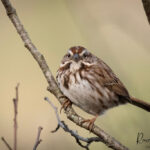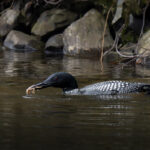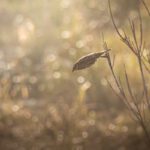As a nature and wildlife photographer, few things are as rewarding as reviewing your collection after a sunrise hike or foggy morning in the forest. The excitement of capturing that perfect moment—a deer stepping into the clearing, a hawk slicing through the sky, or sunlight streaming through the trees—can be quickly followed by the challenge of narrowing hundreds of images down to the select few that truly stand out. Whether you’re preparing images for fine art prints or small-scale projects like calendars, curating your work thoughtfully is key to showcasing your vision and capturing your audience’s imagination.
Let’s explore the process of curating your best nature and wildlife images and how to determine which photos are ideal for large-format wall art and which are better suited for smaller products like calendars and greeting cards.
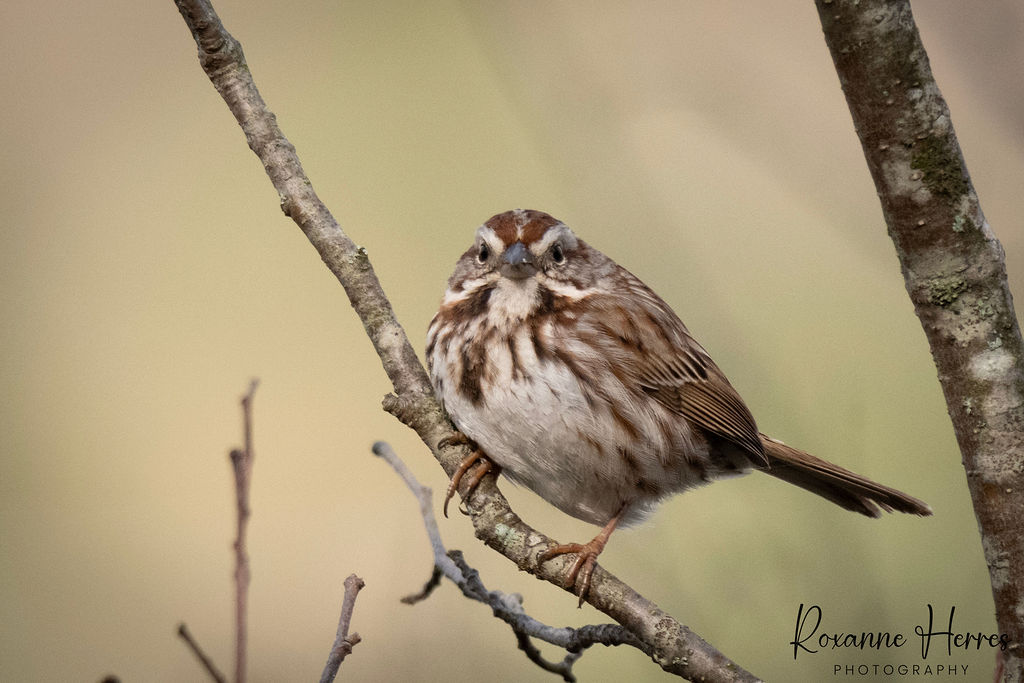
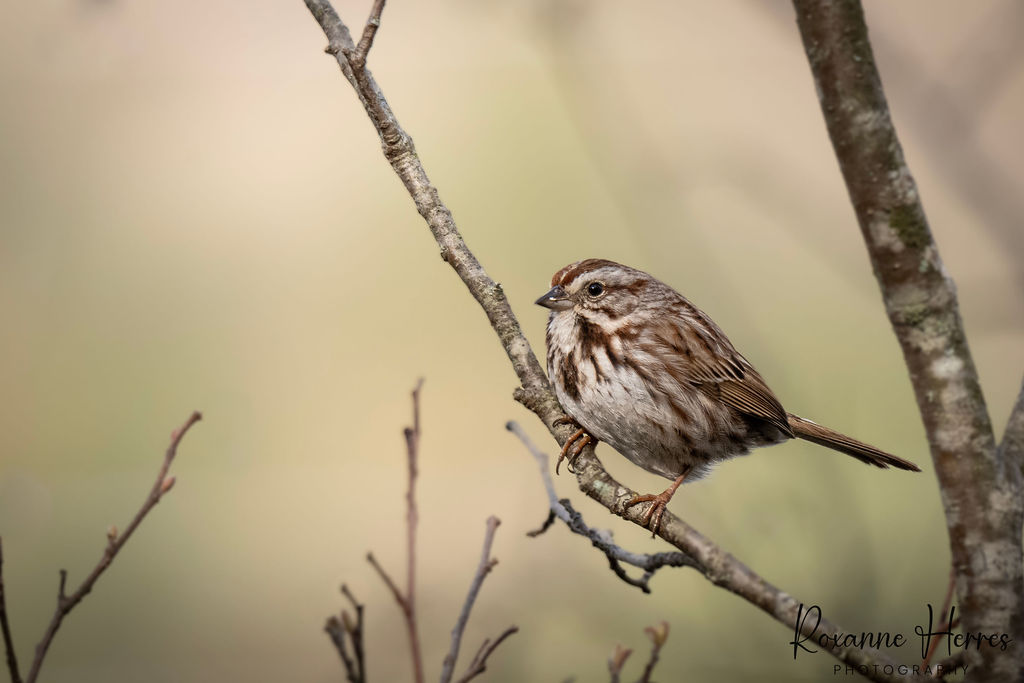
Organize First, Then Curate
The first step in any curation process is organization. After a shoot, import your images into your editing software and rate them quickly. I like to use a simple star or color rating system in Bridge to indicate which images caught my attention right away. At this stage, don’t overthink it—just flag anything with potential.
Once you’ve done a quick pass, go back and take a more critical look. Ask yourself:
- Is the subject in focus?
- Is the composition strong?
- Does the photo evoke emotion or tell a story?
- Is the lighting interesting or unique?
Narrow your collection down to a manageable number of finalists—usually around 10–20 from a larger shoot—and work from there.
Identify the Intended Use
Before you choose your “best” photo, consider what the photo is for. Fine art prints and small-scale items have different strengths and constraints.
For Fine Art Prints:
- Impact at a Distance: A large wall print needs to grab attention from across a room. Look for images with strong leading lines, high contrast, or bold subjects.
- Detail Matters: Viewers may stand close to study the image, so sharpness, clarity, and subtle texture are critical.
- Minimal Distractions: Busy images can feel overwhelming at large sizes. Simplicity, space, and balance are key.
- Mood and Emotion: Fine art is often about evoking a feeling. Ask yourself what emotion the image captures—tranquility, awe, wildness?
For Calendars or Small Products:
- Versatility in Cropping: Square or vertical layouts may be required, so choose images that crop well without losing the subject.
- Color and Seasonality: Calendars benefit from color variety and seasonal themes—vibrant fall foliage, snowy forests, fresh spring greens.
- Fine Detail Isn’t as Critical: On small prints, fine texture might be lost. Focus on composition, clarity, and color.
- Whimsy or Charm: For smaller items, people often love images with a sense of playfulness or personality, like a curious fox or a bird fluffed up in the cold.
Look for Technical Excellence
No matter the format, technical quality matters. Here’s a quick checklist when selecting photos:
- Sharp focus on the subject
- No distracting noise or grain
- Accurate or enhanced (but not oversaturated) color
- Good exposure with preserved highlights and shadows
- Clean backgrounds, unless the background adds to the story
Zoom in and check the details. Even if an image looks good small, it might not hold up at print size.
Evaluate the Story and Emotion
What makes one wildlife photo stronger than another isn’t always technical perfection. It’s often the story it tells.
- Does the animal’s posture or expression communicate something?
- Is there interaction between subjects (like a doe and her fawn)?
- Does the light contribute to the mood—a glowing sunrise, golden backlight, or moody fog?
In fine art, emotion connects viewers to your work. For calendars, a charming or humorous moment often resonates more than technical brilliance.
Use a Second Pair of Eyes
After staring at your images for hours, it’s easy to become blind to the flaws—or overly attached to the story behind a photo only you know. Sharing a selection with a trusted photographer, friend, or even your social media audience can provide valuable feedback.
Sometimes others see a spark in a photo you almost passed over. Other times, they confirm your gut feeling about an image’s strength. Don’t be afraid to ask for input before finalizing your choices.
Create Mockups
Before committing to prints or products, it’s incredibly helpful to see how the image will look in context. I like using FreePik to make mockups.
- Create a fine art mockup: Place the image in a frame on a living room wall using design software or apps like Canva or Photoshop.
- Design a calendar spread: Add the image to a sample layout to check cropping, balance, and legibility.
- Test a greeting card front: See how the image works with text overlays or different formats.
Mockups help you evaluate the real-world impact and avoid surprises after printing.
Trust Your Instincts
While feedback and guidelines are valuable, remember that your creative instinct as a photographer is what led you to take the photo in the first place. If a photo feels powerful to you—even if it doesn’t check every box—consider giving it a place in your collection. Some of the best-selling or most admired images aren’t textbook perfect, but they have heart and soul.
Final Thoughts
Curating your own nature and wildlife photography is an art form in itself. It requires balancing emotion with objectivity, art with purpose. The images you choose for fine art pieces should feel timeless, textured, and emotionally engaging. For calendars and smaller items, pick photos that are versatile, seasonally rich, and charming at a glance.
Each photograph you take is a frozen moment in the ever-changing wild. Curating them thoughtfully ensures that your audience experiences that same awe, joy, or peace you felt behind the lens.
Take your time. Trust your eye. And above all, let nature speak through your work.
